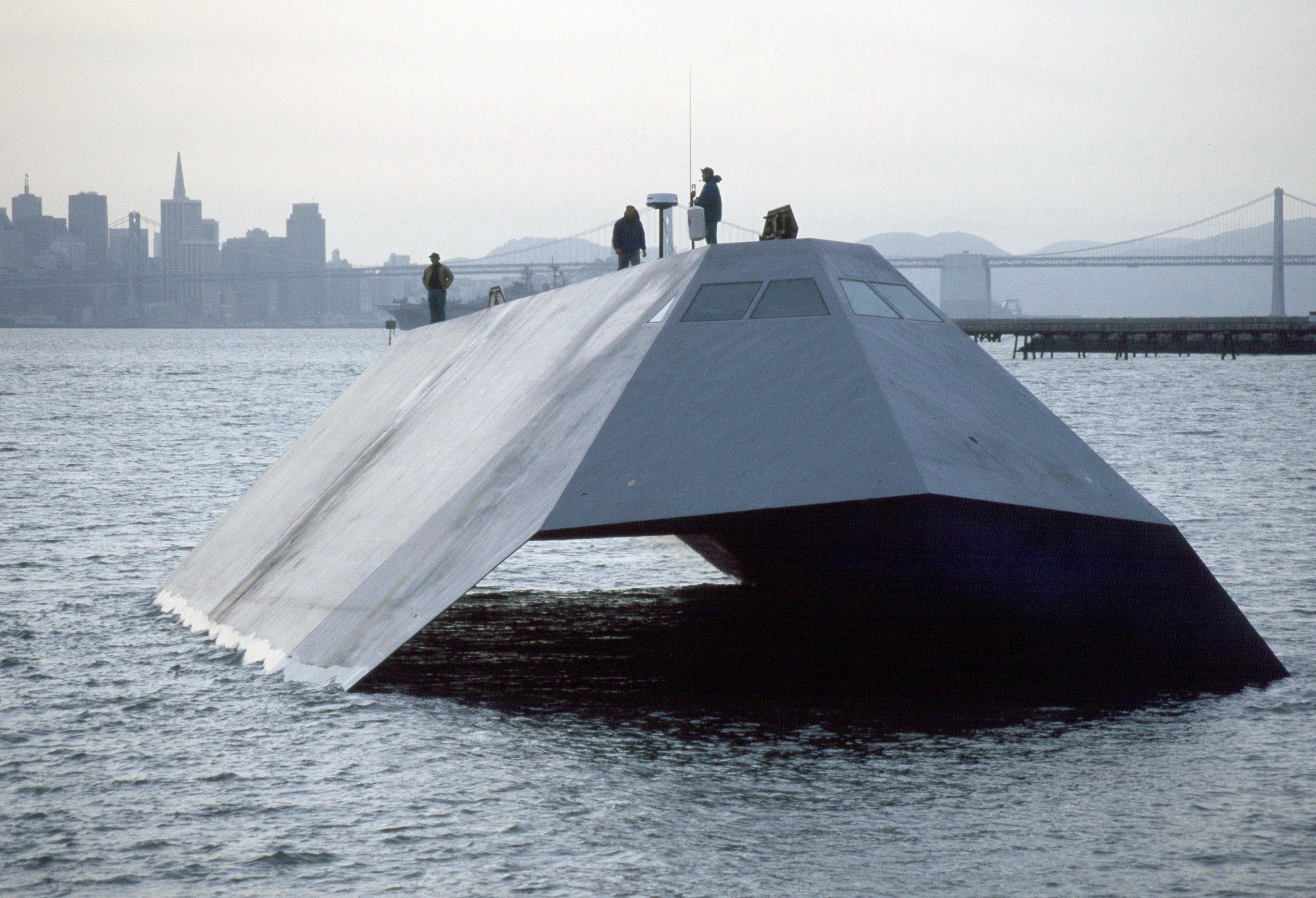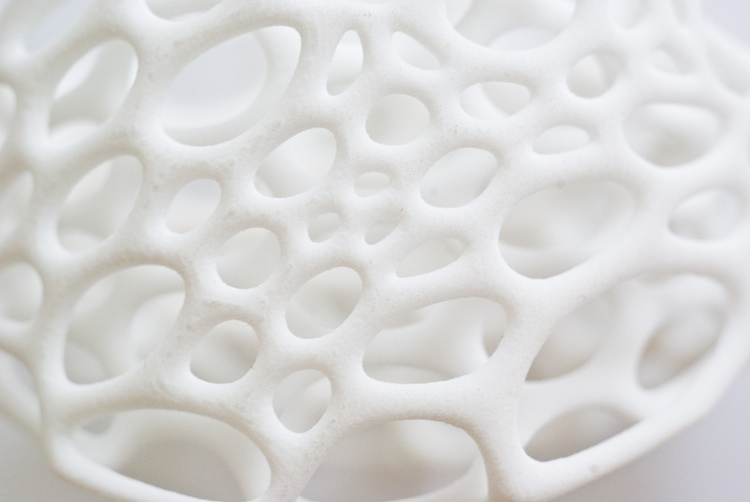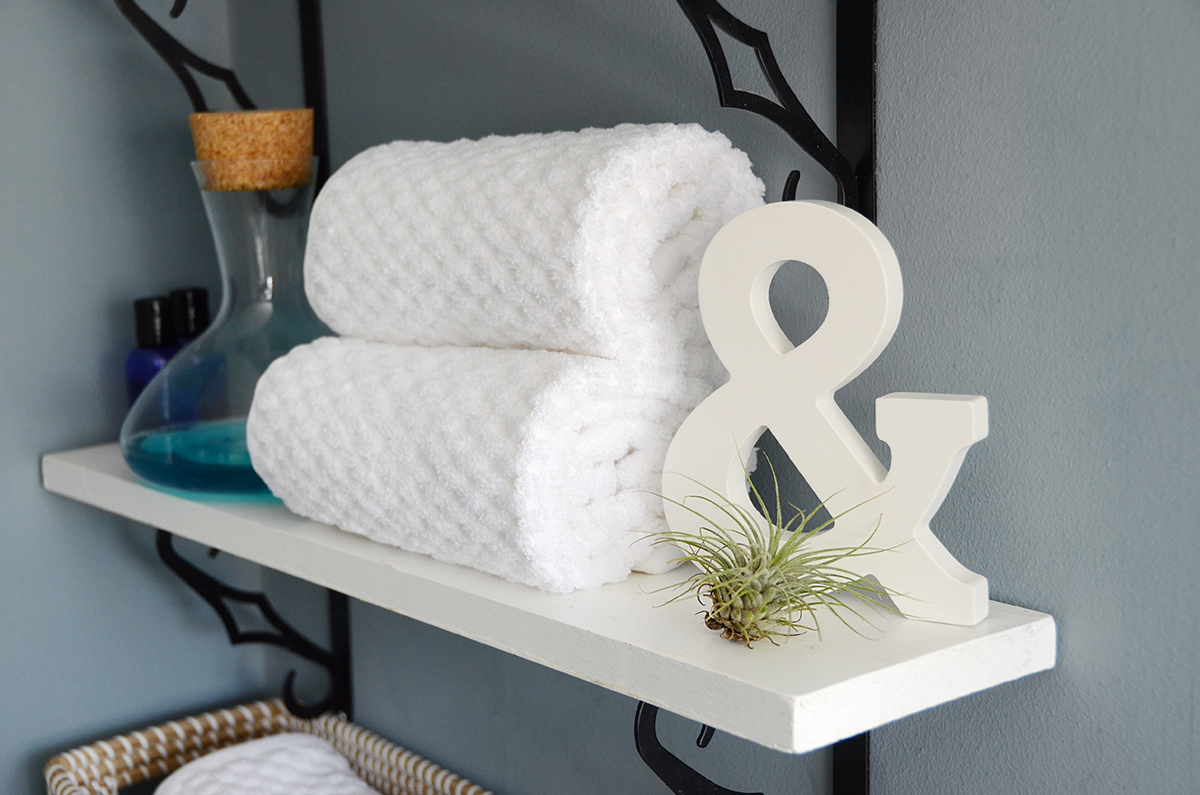Designers
focus on creativity but there is more. Limiting factors and risk are what stop
good ideas from becoming great ideas. But there are ways to overcome
barriers.
Barriers
can be self imposed, they can be governmental and often regulatory but often it
is the human factors that can impact design and innovation more than any other
factor. In Perspectives
On Design Creativity And Innovation Research a full breakdown of human
factors, technological factors, economic factors and relagatory factors are
compared so as to see their interactions and the ways these interactions can
assist or defeat the capabilities of design and new product initiatives.













